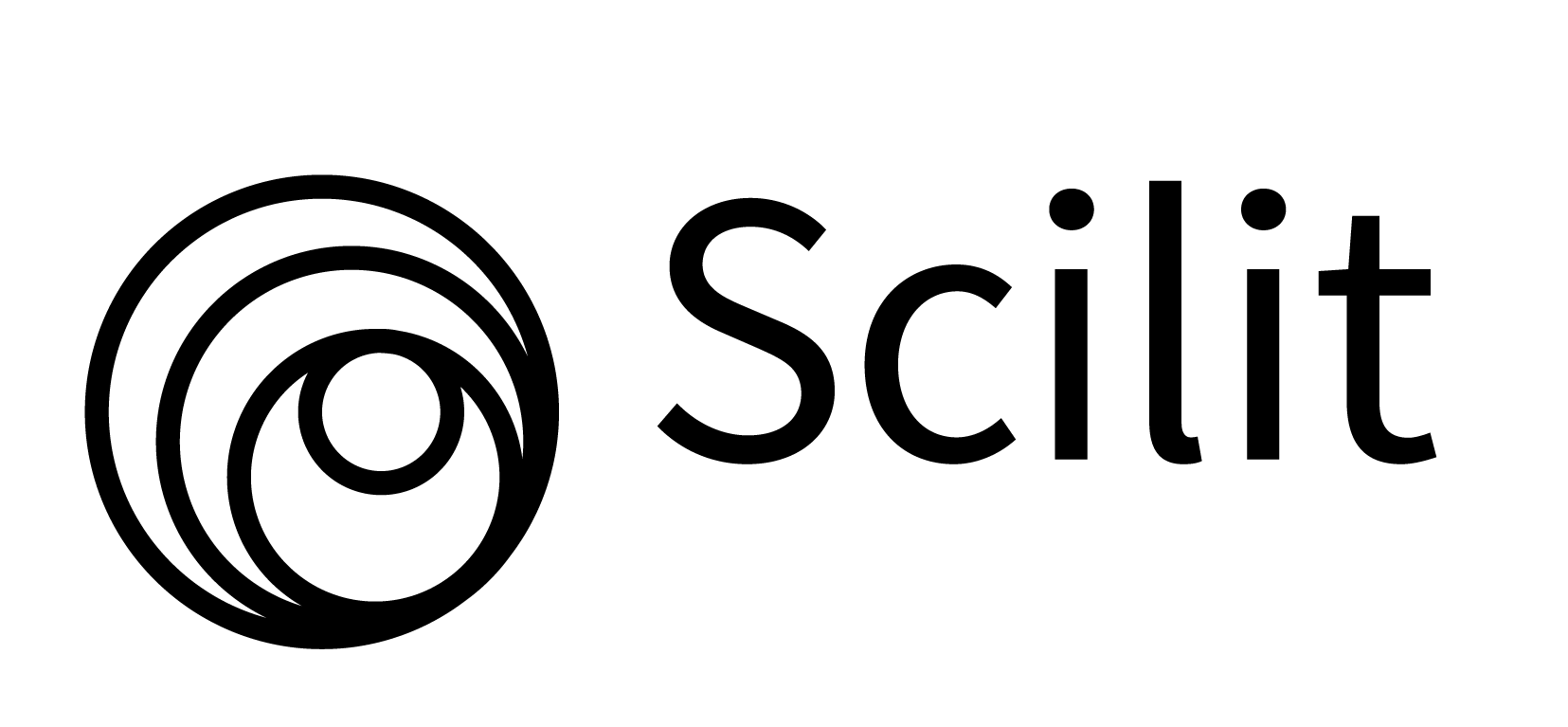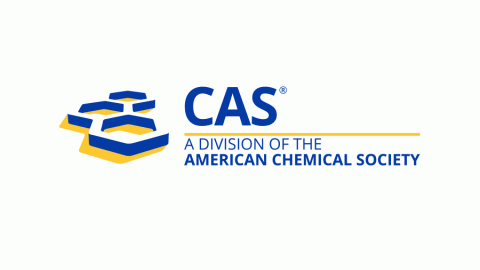Anti-Ulcerogenic Potential of Aqueous Extract of Securinega virosa Leaf in Indomethacin-Induced Ulcerated Rats
DOI:
https://doi.org/10.15835/nsb11210399Keywords:
antioxidant enzymes; anti-ulcerogenic activity; cimetidine; gastric ulcer; ulcer inductionAbstract
The anti-ulcerogenic activities of Securinega virosa aqueous leaf extract on gastric ulcer induced with indomethacin in albino rats were studied. Thirty rats weighing 120 - 200 g were grouped into six groups of five rats each. All groups except the uninduced-untreated (group A) were starved for 24 hours prior to indomethacin administration. After 4 hours of 30 mg kg-1 b.w. indomethacin administration, the groups (A, B, C, D, E and F) received once daily oral doses of distilled water (5ml kg-1 b.w.), cimetidine 60 mg kg-1 (b.w.) and the S. virosa extract at doses of 35, 70 and 140 mg kg-1 b.w. respectively for 11 days. At the end of the treatment, animals in groups B, C, D, E and F were starved for 18 hours then sacrificed. The extract significantly (p < 0.05) decreased gastric secretion volume, mean ulcer index, total acidity, total protein and pepsin secretion relative to the induced-untreated rats. The extract significantly (p < 0.05) increased the gastric pH and total carbohydrate content relative to the induced-untreated. These results were similar to those achieved by treatment with cimetidine. Catalase and SOD activities in the 35, 70 and 140 mg kg-1 bw S. virosa extract-treated groups were increased significantly (p < 0.05) over the untreated group. Similarly, the extract reversed the indomethacin-induced decrease in reduced glutathione level (GSSH) and the increase in malondialdehyde concentration in the serum. The histological analysis showed positive effect of the extract on the indomethacin-induced ulceration. It was concluded that the extract has anti-ulcerative and antioxidant activity in indomethacin-induced ulcerative rats.
Metrics
References
Agbakwuru E, Fatusi A, Ndububa D, Alatise O, Arigbabu O, Akinola D (2006). Pattern and validity of clinical diagnosis of upper gastrointestinal diseases in south-west Nigeria. African Health Sciences 6(2):98-103.
Agbakwuru E, Fatusi A, Ndububa D, Alatise O, Arigbabu O, Akinola D (2006). Pattern and validity of clinical diagnosis of upper gastrointestinal diseases in south-west Nigeria. African Health Sciences 6(2):98-103.
Aguwa C, Nwako S (1988). Preliminary studies of the root extracts of Nauclea latifolia Smith, for anti-ulcer properties. Nigerian Journal of Pharmaceutical Sciences 4:16-23.
Albayrak A, Alp HH, Suleyman H (2015). Investigation of antiulcer and antioxidant activity of moclobemide in rats. The Eurasian Journal of Medicine 47(1):32.
Beers RF, Sizer IW (1952). A spectrophotometric method for measuring the breakdown of hydrogen peroxide by catalase. Journal of Biological Chemistry 195(1):133-140.
Bhalke RD, Giri MA, Anarthe SJ, Pal SC (2010). Antiulcer activity of the ethanol extract of leaves of Sesbania grandiflora (Linn.). International Journal Pharmacy and Pharmaceutical Sciences 2(4):206-208.
Borrelli F, Izzo AA (2000). The plant kingdom as a source of antiâ€ulcer remedies. Phytotherapy Research 14(8):581-591.
Dalle-Donne I, Rossi R, Giustarini D, Milzani A, Colombo R (2003). Protein carbonyl groups as biomarkers of oxidative stress. Clinica Chimica Acta 329(1-2):23-38.
Dalziel J (1936). The useful plants of West Tropical Africa Watmonghs. Idle, London pp 354-355.
Devi RS, Narayan S, Vani G, Devi CSS (2007). Gastroprotective effect of Terminalia arjuna bark on diclofenac sodium induced gastric ulcer. Chemico-Biological Interactions 167(1):71-83.
Dharmananda S (2003). Gallnuts and the uses of Tannins in Chinese Medicine: ITM.
Ellman GL (1959). Tissue sulfhydryl groups. Archives of Biochemistry and Biophysics 82(1):70-77.
Eriyamremu GE, Iorliam EB (2018). Gastroprotective effect of tannin from Schwenkia americana against aspirin-induced gastric ulcer. International Journal of Medicine and Biomedical Research 7(1):32-39
Ghasi S (2014). Evaluation of the anti-ulcer property of aqueous extract of unripe Musa paradisiaca Linn. peel in Wistar rats. African Journal of Pharmacy and Pharmacology 8(39):1006-1011.
Halici M, Odabasoglu F, Suleyman H, Cakir A, Aslan A, Bayir Y (2005). Effects of water extract of Usnea longissima on antioxidant enzyme activity and mucosal damage caused by indomethacin in rats. Phytomedicine 12(9):656-662.
Hirohashi M, Takasuna K, Kasai Y, Usui C, Tamura K, Kojima H (1993). General pharmacological profile of the new anti-ulcer drug 3-[[[2-(3, 4-dimethoxyphenyl) ethyl] carbamoyl] methyl]-amino-N-methylbenzamide. Arzneimittel-Forschung 43(5):569-577.
Kurasawa T, Chikaraishi Y, Naito A, Toyoda Y, Notsu Y (2005). Effect of Humulus lupulus on gastric secretion in a rat pylorus-ligated model. Biological and Pharmaceutical Bulletin 28(2):353-357.
Magaji M, Anuka J, Abdu-Aguye I, Yaro A, Hussaini I (2008). Behavioural effects of the methanolic root bark extract of Securinega virosa in rodents. African Journal of Traditional, Complementary and Alternative Medicines 5(2):147-153.
Malo C, Wilson J (2000). Glucose modulates vitamin C transport in adult human small intestinal brush border membrane vesicles. The Journal of Nutrition 130(1):63-69.
Maria-Ferreira D, Da Silva LM, Mendes DAGB, de Almeida Cabrini D, Nascimento AM, Iacomini M, . . . Baggio CH (2014). Rhamnogalacturonan from Acmella oleracea (L.) RK Jansen: gastroprotective and ulcer healing properties in rats. PloS One 9(1):e84762.
Misra HP, Fridovich I (1972). The role of superoxide anion in the autoxidation of epinephrine and a simple assay for superoxide dismutase. Journal of Biological Chemistry 247(10):3170-3175.
Mozart A, Johannes SB (2014). Erfahrungen der Kursteilnehmerkrankenschwestern [Experiences of the student nurse]. Krankenpflegejournal 10:100-120.
Nagulsamy P, Ponnusamy R, Thangaraj P (2015). Evaluation of antioxidant, anti-inflammatory, and antiulcer properties of Vaccinium leschenaultii Wight: A therapeutic supplement. Journal of Food and Drug Analysis 23(3):376-386.
Neuwinger HD (1996). African ethnobotany: Poisons and drugs. Chemistry, Pharmacology, Toxicology: CRC Press.
Olaleye MT, Akinmoladun AC (2013). Comparative gastroprotective effect of postâ€treatment with low doses of rutin and cimetidine in rats. Fundamental and Clinical Pharmacology 27(2):138-145.
Oloyede HO, Adaja MC, Ajiboye TO, Salawu MO (2015). Anti-ulcerogenic activity of aqueous extract of Carica papaya seed on indomethacin-induced peptic ulcer in male albino rats. Journal of Integrative Medicine 13(2):105-114.
Parag JA (2016). Secondary metabolites for antiulcer activity. Natural Product Research 30(6):640-656.
Prasad K, Ramesh A, Naresh P, Vinay Kumar I, Naresh D (2014). Evaluation of antiulcer and in vitro antioxidant activity of methanolic extract of Psidium guajava root in albino Wistar rats. International Journal of Phytopharmacology 5:59-67.
Prino G, Paglialunga S, Nardi G, Lietti A (1971). Inhibition of experimentally-induced gastric ulcers in the rat by a new sulfated glycopeptide. European Journal of Pharmacology, 15(1):119-126.
Reilly CA, Aust SD (2001). Measurement of lipid peroxidation. Current Protocols in Toxicology 2.4. 1-2.4. 13.
Rozza AL, de Faria FM, Brito ARS, Pellizzon CH (2014). The gastroprotective effect of menthol: involvement of anti-apoptotic, antioxidant and anti-inflammatory activities. PloS One 9(1):e86686.
Sabiu S, Garuba T, Sunmonu T, Ajani E, Sulyman A, Nurain I, Balogun A (2015). Gastric ucer induced with indomethacination in rats: Protective roles of Spondias mombin and Ficus exasperata. Toxicology Reports 2:261-267.
Shay H (1945). A simple method for the uniform production of gastric ulceration in rat. Gastroenterology 5:43-61.
Shoaib M, Shafiq M (2004). Gastroprotective and antisecretory effect of Nigella sativa seed and its extracts in indomethacin-treated rats. Pakistan Journal of Biological Sciences 7:995-1000.
Singh Khajuria A, Taneja S, Khajuria R, Singh J, Johri R, Qazi G (2008). The gastric ulcer protective effect of boswellic acids, a leukotriene inhibitor from Boswellia serrata, in rats. Phytomedicine 15(6-7):408-415.
Sivagnanam K, Rajasekaran S, Narayanan V, Subramanian S (2003). Biochemical evaluation of the ulcer curative effect of Aloe vera on experimental rats. Journal of Natural Remedies 3(2):161-165.
Suleyman H, Albayrak A, Bilici M, Cadirci E, Halici Z (2010). Different mechanisms in formation and prevention ofgastric ucer induced with indomethacins. Inflammation 33(4):224-234.
Tarnawski A, Halter F (1995). Cellular mechanisms, interactions, and dynamics of gastric ulcer healing. Journal of Clinical Gastroenterology 21:S93-97.
Utsumi H, Yasukawa K, Soeda T, Yamada K-I, Shigemi R, Yao T, Tsuneyoshi M (2006). Noninvasive mapping of reactive oxygen species by in vivo electron spin resonance spectroscopy ingastric ucer induced with indomethacins in rats. Journal of Pharmacology and Experimental Therapeutics 317(1):228-235.
Vijayakumar M, Eswaran MB, Ojha S, Rao CV, Rawat A (2011). Antiulcer activity of hydroalchol extract of Momordica dioica roxb. fruit. Indian Journal of Pharmaceutical Sciences 73(5):572–577.
Wallace JL (2008). Prostaglandins, NSAIDs, and gastric mucosal protection: why doesn't the stomach digest itself? Physiological Reviews 88(4):1547-1565.
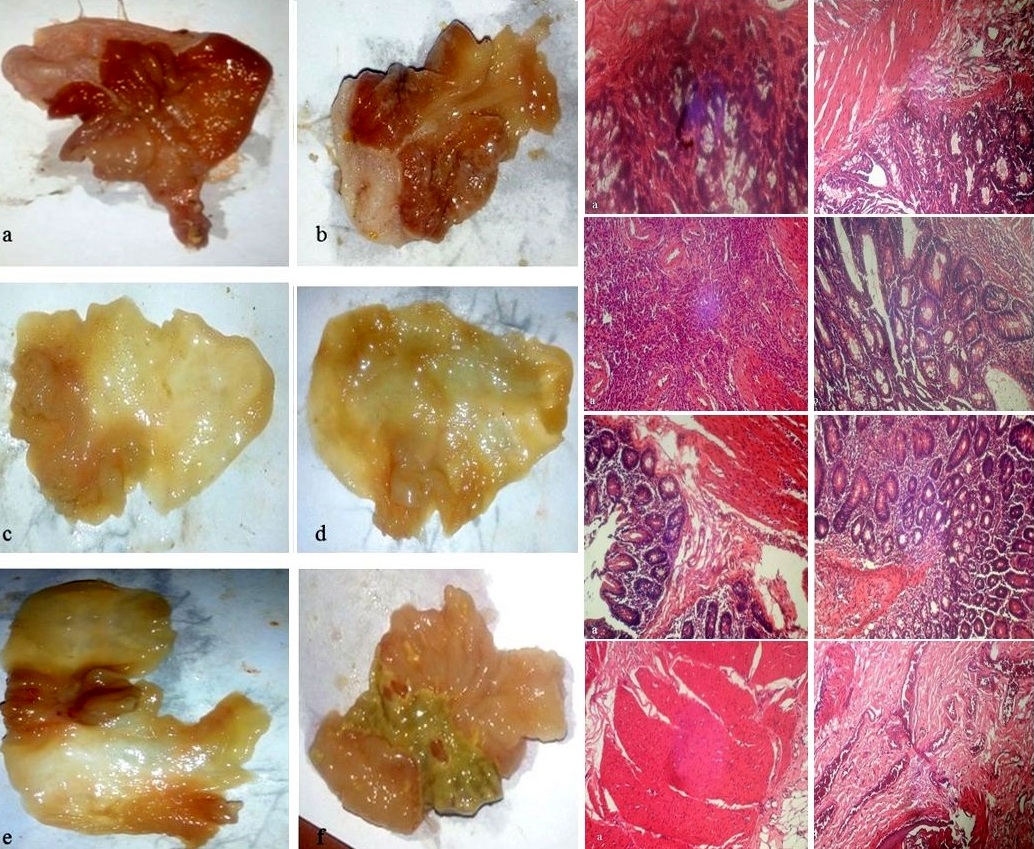
Downloads
Published
How to Cite
Issue
Section
License
Papers published in Notulae Scientia Biologicae are Open-Access, distributed under the terms and conditions of the Creative Commons Attribution License.
© Articles by the authors; licensee SMTCT, Cluj-Napoca, Romania. The journal allows the author(s) to hold the copyright/to retain publishing rights without restriction.
License:
Open Access Journal - the journal offers free, immediate, and unrestricted access to peer-reviewed research and scholarly work, due SMTCT supports to increase the visibility, accessibility and reputation of the researchers, regardless of geography and their budgets. Users are allowed to read, download, copy, distribute, print, search, or link to the full texts of the articles, or use them for any other lawful purpose, without asking prior permission from the publisher or the author.







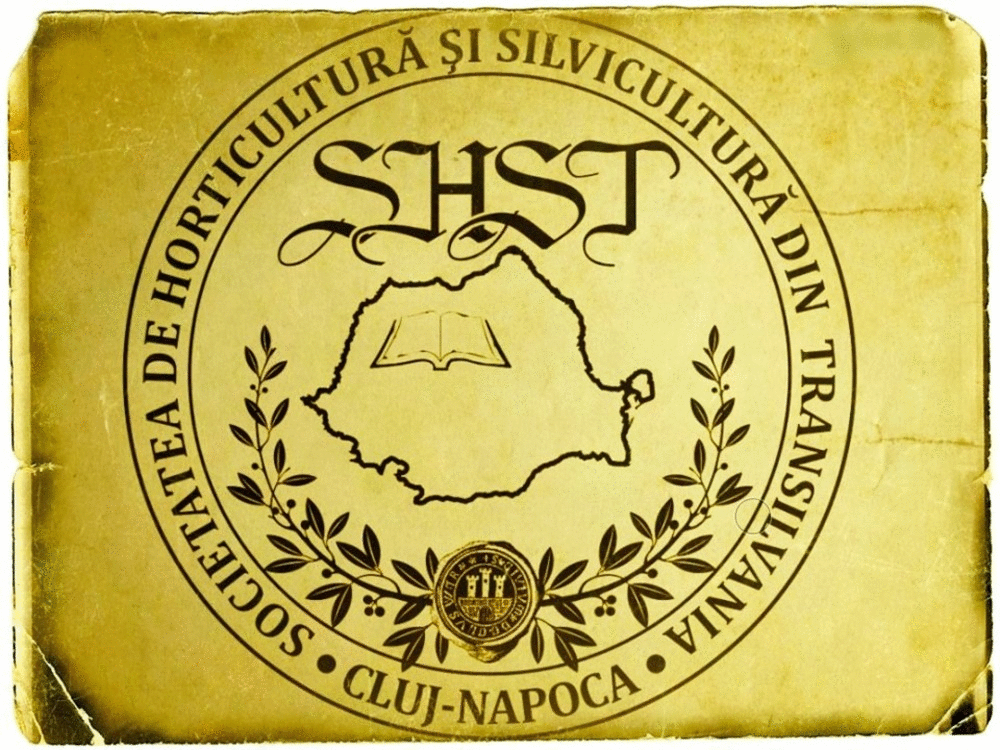
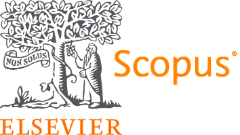




.png)



